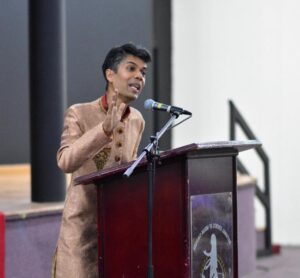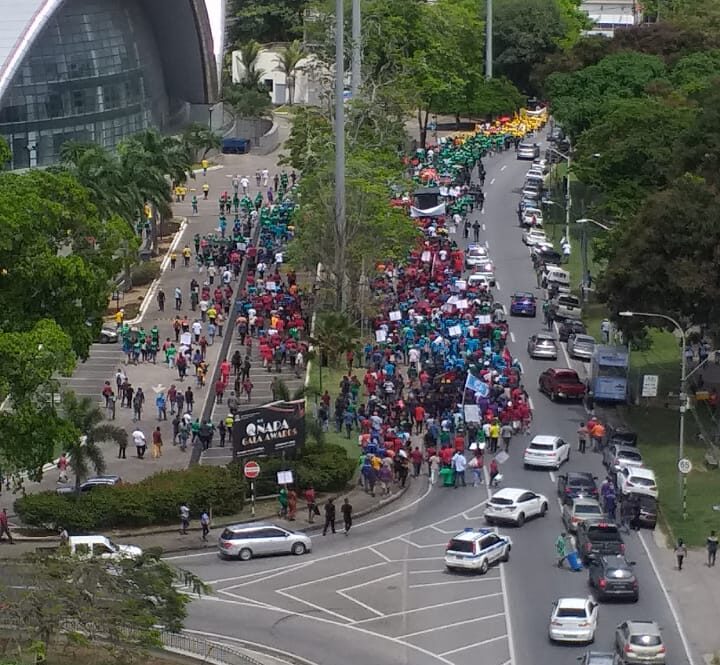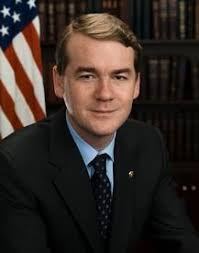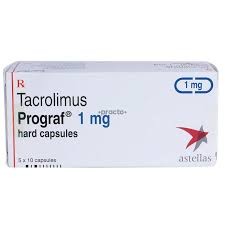
TRADE unions and working-class organisations should be aware of the importance of May Day as a platform for Labour unity. During the 1920s and 1930s, in Trinidad and Tobago, May Day observances not only promoted solidarity but also helped reduce the gender and racial divisions among the working class.
During the 1920s and 1930s, the Trinidad Workingmen’s Association (TWA) regularly observed May Day. This labour organisation which was a voice for the working class in T&T used its weekly newspaper- Labour Leader, which began in 1922, to inform its membership of events and activities. The name of the paper was identical to the weekly Socialist newspaper of the Independent Labour Party which was based in Manchester, England. The president of the TWA was Captain Arthur Andrew Cipriani who was elected to this post in 1923.
In 1923 the Labour Leader contained an advertisement for a Grand Labour Demonstration scheduled for May 1. The ad stated that one of the goals of the demonstration was “Industrial emancipation”. Two years later in June 1925, there was a “May Day Self Denial Campaign” to raise money to send Captain Arthur Cipriani to England. Meetings were held in Rio Claro, Tableland, Arima, San Fernando, Sangre Grande and Chaguanas. In May 1931, Rev Dr Mayhew addressed the TWA’s May Day celebration. There were representatives from over 80 sections of the TWA. Some of these sections included porters, clerical workers, tailors, printers, shipwrights, seamstresses and domestic servants. At the celebration there was the Red Flag which symbolised socialism and labour. And, members sang Stand Firm Workingmen and the labour hymn- Sons of Labour keep ye moving. In his speech, Cipriani said that at the Labour Commonwealth Conference, in 1928, the British Labour Party pledged support for those colonies demanding self-government.
At the May Day celebrations in 1926, an estimated 15,000 workers were in attendance. Cipriani and William H Bishop, addressed the huge crowd. Later, in 1930, Sarran Teelucksingh, vice-president of TWA and an East Indian, travelled to Tobago to display films including a local film of the 1929 May Day demonstrations in Trinidad.
In August 1934, the TWA changed its name to Trinidad Labour Party. In 1934, contributions by Isaiah Joseph (secretary of the Arouca section) and E.H. Audain (president of the carpenter’s section) were published in the Labour Leader. On May 6, 1934, a May Day observance was held at the Grand Stand at Queen’s Park Savannah in Port of Spain. Cipriani read a letter from Walter Citrine and A. Conley of the Trades Union Congress in England. And, Cipriani also read a letter from Walter R. Smith (chairman) and Arthur Henderson (secretary) of the British Labour Party. Rhoda Reddock in Women, Labour and Politics in Trinidad and Tobago noted that at the TWA’s May Day observance, speakers included Rose James of the Eastern section of the TWA.
In his May Day address in 1935, Chandra Bahadoor Mathura, a prominent Hindu and Indian, commended the participation of indians and the interest shown in the activities of the TLP. He assured his audience that the TLP would continue its agitation for local persons to fill important offices in the judicial, legal and educational systems in the colony. Mathura also said that “Dominion status and Self Government with adult franchise will be achieved.’” He was associated with this labour organisation from 1928 to 1942.
In 1936 there were approximately 7,000 participants in the May Day celebrations organised by the TLP. The editorial of the Labour Leader focused on the May Day celebration held by the TLP on May 3. Among the resolutions passed was one by Vivian Henry, the General Secretary of the TLP.
Also, 1936 was a historic year because, for the first time, the TLP agreed to allow May Day celebrations in Tobago. On May 25, 1936, thousands of persons in Tobago convened to pledge support to the TLP. C.P. Alexander (TLP’s second vice-president) attended and assisted in the celebration in Tobago. However, there was visible evidence of a decline as the number had sharply decreased to 1,000 persons in 1937. And, New Dawn in 1941, a radical publication, reported that in 1938 and 1939 a few hundred persons were reported at the TLP’s May Day observances.
The continued observance of May Day is a good signal that Labour understands the importance of unity and continues to promote and protect the workers.
Dr Jereome Teelucksingh is
Click the links below to see other articles on AZP News by Dr Jerome Tellucksingh:
Who Coined the Term ‘Black Power’
![]()











